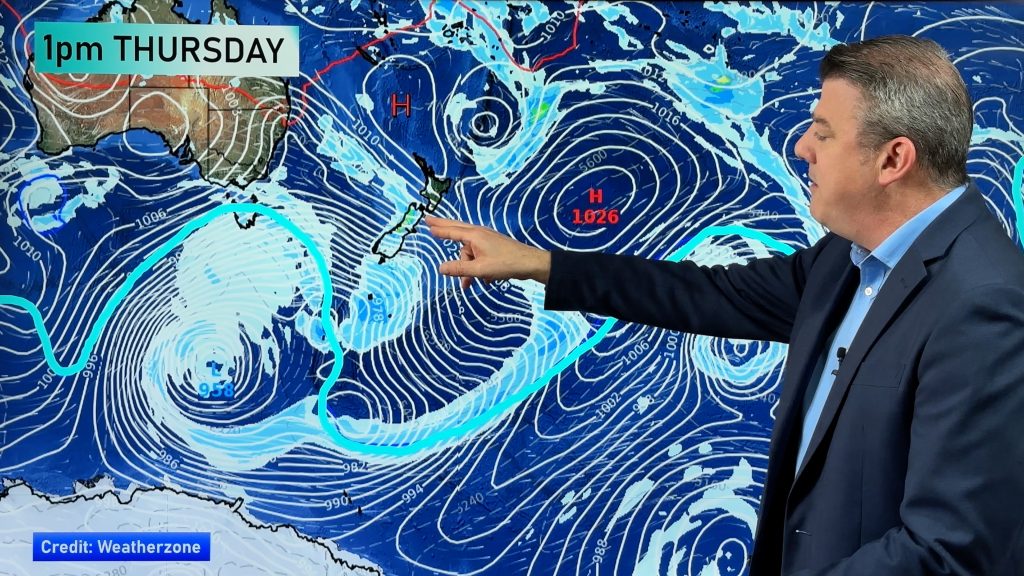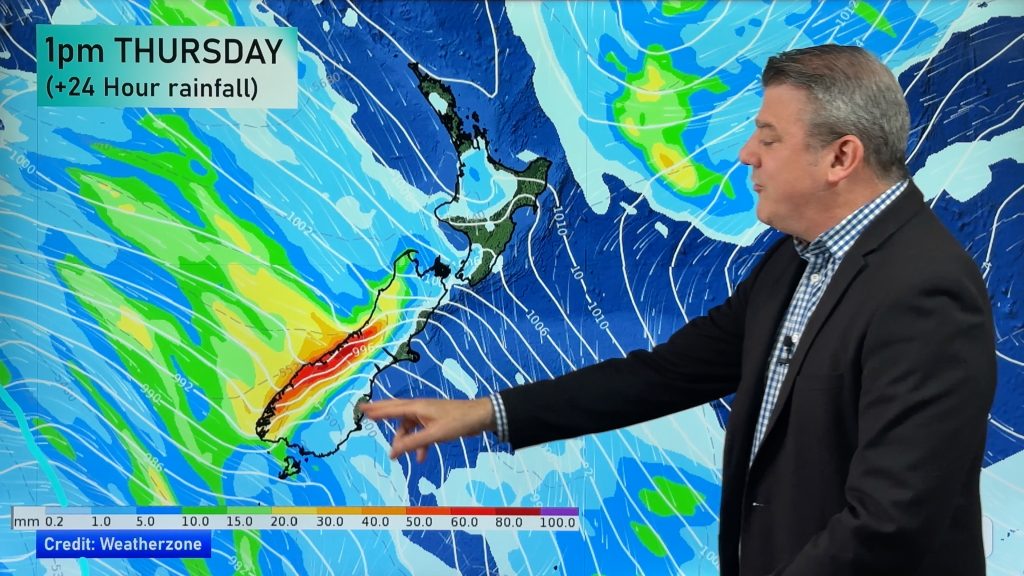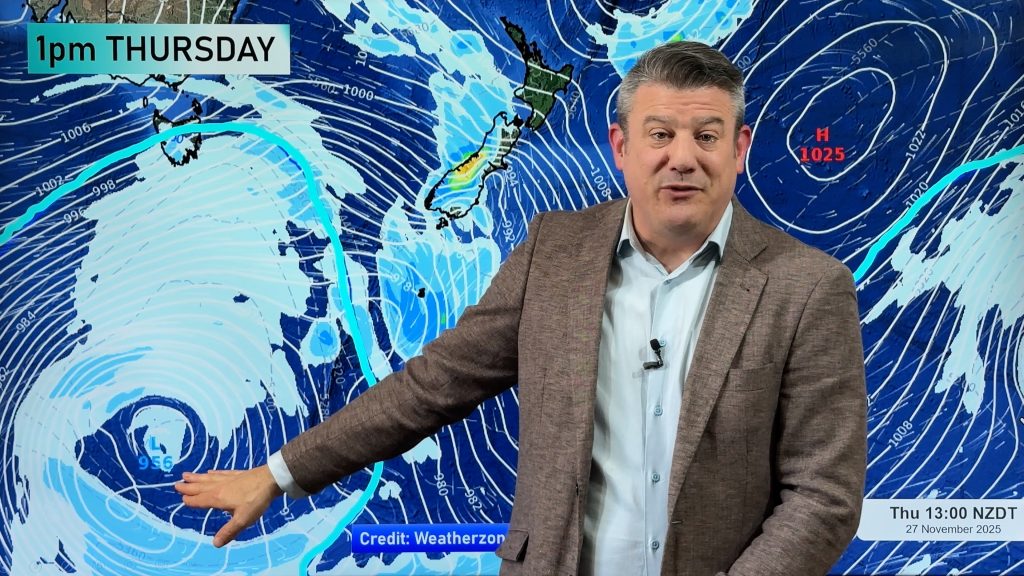
> From the WeatherWatch archives
The land of the long white cloud is a term often used by our Australian neighbours to label New Zealand as a cloudy and dull country weatherwise with plenty of rain.
Although that seems a little harsh, our rainfall figures are certainly generally quite impressive which would make any Aussie farmer quite envious.
The western part of the nation is especially damp and moreso the west coast of the mainland with parts of Buller and Westland (including Westport, Greymouth and Hokitika) seeing deluges at times and pushing the annual figures above 2000mm and in some cases, approaching 5000mm.
Fiordland though is the most exposed to increasing dampness and Milford Sound can approach the 7000mm mark annually but that is outdone by the surrounding high country which can get close to 5 figures each year!
In saying all of this, you might be thinking that the sun never shines with such high figures but indeed that is not the case.
The downpours are often associated with depressions and fronts coming in from the Tasman sea but once they have moved through, there are significant periods of sunshine with relatively calm conditions.
Moving from Milford Sound into Central Otago and the town of Alexandra wherethe situation is quite the reverse.
Barren terrain and rocky outcrops are a vastly different landscape from the lush rainforests and cascading waterfalls in Fiordland.Just an average of over 300mm of rain falls a year in the area as it is in a narrow basin and surrounded by hills which provide shelter to the south and west.
Irrigation is vital for many farmers but it’s an ideal climate for some southern vineyards it seems.
Queenstown with a decent average of 900 mm of rain annually can still have extended dry spells but as the crow flies, it’s barely one hundred kilometres east of Milford Sound and yet just receives 15% of the rain that is often experienced further west.
In the North Island, the scenario isn’t quite the same but residents of New Plymouth, Rotorua and Taumaranui (just to name a few), can see some years in excess of 1500mm. Northland and especially Keikeri plus those areas vulnerable to the North to Northeasterly winds, including Whangarei, can also give them a run for their money in the precipitation stakes.In saying that, sunshine is abundant too with around 2100-2200 hours each year, in and around the northern province.
The main centres of Auckland and Wellington share similar rainfall and sunshine totals with both in plentiful supply-more than 2000 hours of sunshine each year but also more than 1200 mm of rain a year. Christchurch is just as sunny but drier with just over 600 mm of rain whereas Dunedin has a little more rain with over 800 mm and sunshine figures at 1600.
The country has experienced drought conditions as we saw in the Waikato region last summer but also flooding can be an issue for any part of the country at anytime of the year.
As we are surrounded by water on all sides, it’s not that surprising that we receive as much rain as we do.
Richard Green- Weather Analyst
Comments
Before you add a new comment, take note this story was published on 22 Nov 2008.





Add new comment
Derek Butcher on 22/11/2008 9:15pm
Thankyou for a very interesting read today. I do enjoy these detailed weather scenarios and thanks for all the mention of Northland. Great stuff.
I find the reasons outlined for our varied weather patterns all over NZ an education in realizing just how difficult it is to predict the weather.
I have become more and more interested in our weather over the last year or so brought on by the advent of the Metvuw site in Wellington and now followed by you at Weather Watch, so between the two of you it has become an interesting part of my daily check up on news and weather etc.
Thankyou
Derek Butcher.
Whangarei.
Reply
WW Forecast Team on 22/11/2008 10:19pm
Thanks for your comments Derek and we’ll be looking at more of these articles over the next few weeks and months to come!
I see the rain bearing system has stalled somewhat but the wet stuff shouldn’t be too far away for you in Northland.
Cheers
Richard Green
Reply